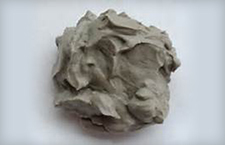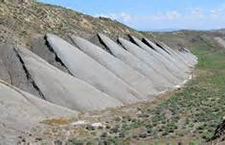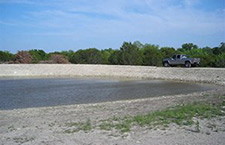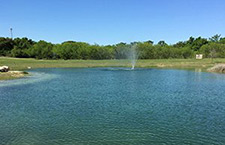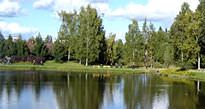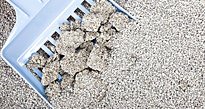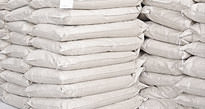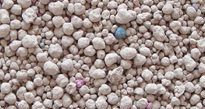How to Seal a Pond: Tips from the Sodium Bentonite Experts
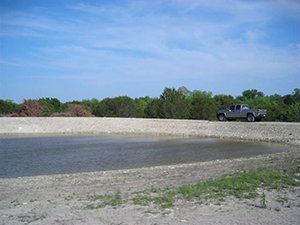
Ponds add aesthetic to any property, as well as provide a practical water access point, depending on its usage. If you are planning the development of new pond or giving an existing one necessary attention and maintenance, it is important to know how to seal a pond so that it remains in good condition, providing the peace, atmosphere, and function to the property that you are looking for. The best first step in sealing a pond is simply making sure you use a high-quality sodium bentonite clay sealer!
If you would like more information on how to seal a pond, or would like to place an order for clay bentonite to help you with the project, call Southwestern Materials today. Tell us about your project! We are happy to answer any questions you may have and provide you with a quote for our products.
Steps and Tips on How to Seal a Pond
The first step on how to seal a pond and prevent any leaks is simply using a high-quality pond sealer. A high-quality bentonite pond sealer will be safe and effective, thereby protecting any aquatic life in the pond, the water quality, and the soil composition while still providing robust coverage and proper sealing.
How to Seal a Pond Using 3 Different Methods
The Blanket Method
The Blanket Method is typically the preferred option in terms of how to seal a pond. However, in order for the Blanket Method to be used, the pond must be in construction phase and unfilled at the point of application. Alternatively, if the pond has already been constructed, it must first be drained and dried out.
The Blanket Method sees the bentonite clay applied in an even layer, spread across the footprint of the pond and on top of the porous soil. After the bentonite is applied, another layer of soil is added on top, so that the bentonite is placed between the two layers of soil.
The Mixed Blanket Method
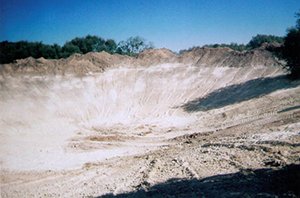
Like the Blanket Method, the Mixed Blanket Method requires a dry pond before application. The difference, however, is that the Mixed Blanket Method sees the bentonite and soil mixed together and then spread over the top of the porous soil.
Circumstances for using either of these methods for how to seal a pond include if:
- The soil is highly porous
- Livestock uses the pond
The Sprinkle Method
When it comes to ways of how to seal a pond, the Sprinkle Method is used when the possibility of draining the pond in question is non-existent. If this is the method contractors are going to apply, it just means that bentonite pond sealer is scattered over the surface of the pond water. The bentonite then sinks to the bottom and starts to expand in order to seal any areas under the pond that are problematic.
For the Sprinkle Method, it is best to use granular bentonite because this will ensure the product properly sinks to the bottom of the pond rather than floating on the water’s surface. Be aware that the water may become cloudy after application but should clear up after a few days.
Circumstances when this method is best for sealing a pond include:
- Pond cannot be drained or draining it is unreasonable
- Leaks are relatively small and isolated
- Leaks require to be addressed quickly
Whatever method you use to seal your pond, make sure to use safety measures. Always wear a mask, keep the weather in mind, and pace yourself for larger projects.
Learn More on How to Seal a Pond with Bentonite Clay
For more information on how to seal a pond with clay bentonite, give us a call or connect with us through our website. As leading Texas bentonite experts, we are looking forward to answering any questions you may have about our products or to providing you with a quote for the bentonite clay supplies to meet your project needs.

